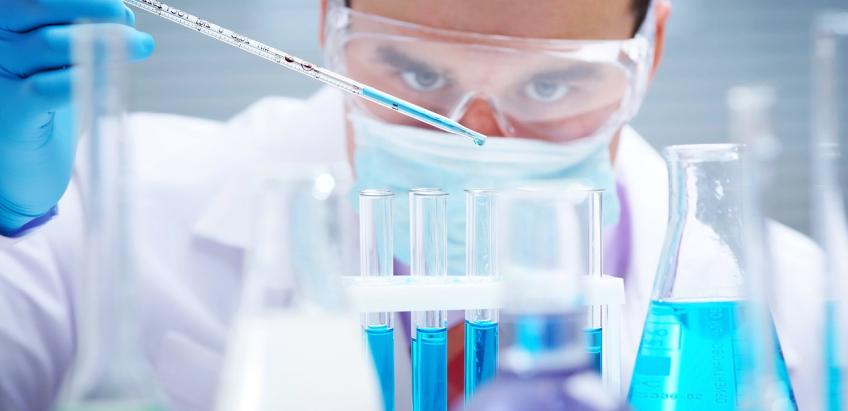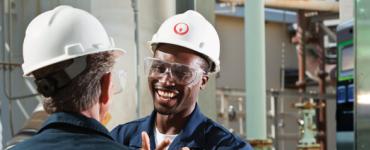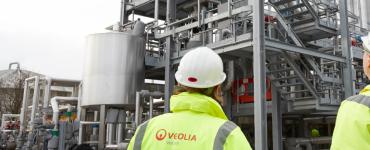- Home
- Latest News
- Blow Me Down

Blow Me Down
Kate Querelle of Veolia Water Technologies looks at how energy efficiency can be improved by water treatment
When it comes to energy savings in boiler systems the focus is usually on burner efficiency, but improving boiler water treatment can significantly reduce your energy costs. In the 200 years since Trevithick’s Cornish engines, boiler technology has driven both operating pressures and heat transfer rates ever upwards, and this means that water treatment is critical, so let’s see how water treatment can help.
Modern shell boilers need to be fed with water which is, at least, softened, to remove calcium and magnesium salts which would otherwise lead to scale formation. It then has to be dosed with a variety of “conditioning chemicals” to remove oxygen, prevent corrosion and condition sludge. As water turns to steam in the boiler it leaves behind all the salts that were dissolved in the feedwater so the boiler water becomes more concentrated. If the total dissolved solids (TDS) content of the boiler water exceeds a value set by the boiler manufacturer – typically about 3500mg/l for a 10bar shell boiler – it could lead to carryover of water droplets into the steam, adversely affecting steam purity. To control the TDS in the boiler, some of the concentrated boiler water is discharged to drain as “blowdown”. This blowdown water was originally purchased from the mains supply, treated in the make-up water treatment plant, dosed with expensive conditioning chemicals and heated to boiling point. It is usually discharged to sewer, so, when you add in the cost of mains water, fuel, chemicals and sewer disposal costs at the very least about £3 per m3 – and that’s money down the drain. The blowdown water can be passed through a heat exchanger to heat the make-up water, and that will recover some of the heat content, but improving the make-up water treatment can actually reduce the volume that has to go to drain.
The blowdown rate is determined by the feedwater TDS. Feedwater consists of make-up water and condensate return, so maximising condensate return, which is distilled water, will help to minimise the feedwater TDS. Blowdown rates typically range from 5% to 10% of boiler feedwater flow rate, but can be as high as 30% when makeup water has a high solids content or condensate return is low. It’s not always possible to recover condensate, but reducing the TDS of the make-up water will also help to reduce blowdown. For example, assume you have a 20tph boiler with 40% condensate return and make-up from a 500mg/l TDS London mains water. A water softener will remove calcium and magnesium ions from the make-up water but will not reduce its TDS, so the blowdown will be about 2m3/h or £45,000 per annum. Treating the make-up water by reverse osmosis, on the other hand, will reduce its TDS by about 95%. That would reduce the blowdown to less than 0.1m3/h saving over £40,000 per annum. The annual operating costs of the reverse osmosis plant would be about £15,000 giving a net saving of about £25,000 per annum and a payback of approximately 12 months. An ion exchange deioniser will remove virtually all of the TDS, including silica, and may even be lower in capital and operating cost than reverse osmosis.
These techniques are known as external treatment or make-up treatment processes, but equally important is internal treatment or chemical conditioning. Controlling the conditions in the boiler water needs a number of chemicals – typically scale inhibitors, dispersants, oxygen scavengers and steam line treatments – and ensuring that the concentrations are correct is critical to efficient operation. Under-dosing expose the boiler to potential scaling and corrosion problems whilst over-dosing wastes money and, with some chemicals, can cause corrosion. Veolia’s range of water treatment chemicals includes both organic and inorganic chemicals formulated to meet the individual customer’s needs for each boiler, and is supported by automatic control systems and regular site visits by service technicians. Typical of Veolia’s customers is Edward McKnight, Hospital Engineer at Bristol Royal Infirmary. The comprehensive contract in place provides not only the supply of chemicals together with new chemical tanks to improve health and safety, but also a fortnightly programme which includes chemical testing and full servicing of the water softener and RO plant.
Clearly the numbers set out above are only illustrative, and each system has to be considered on its own in terms of steam rate, make-up water analysis, condensate return and boiler water quality control parameters. Veolia has developed an online tool called RecoSMART to evaluate the cost savings you could make with their help. It allows you to establish what your potential savings are before you invest time and money into implementing any changes. You simply enter on the interactive screen your raw water analysis, steam rate and condensate return along with water, discharge and energy costs, and RecoSMART(www.recosolutions.co.uk) will show the cost savings you will make by installing the various make-up water treatment options. This means you can immediately assess the payback. And one of Veolia’s Engineers is always available to help and advise you with the decision making.
Kate Querelle is the Business Development Manager of Veolia Water Technologies













